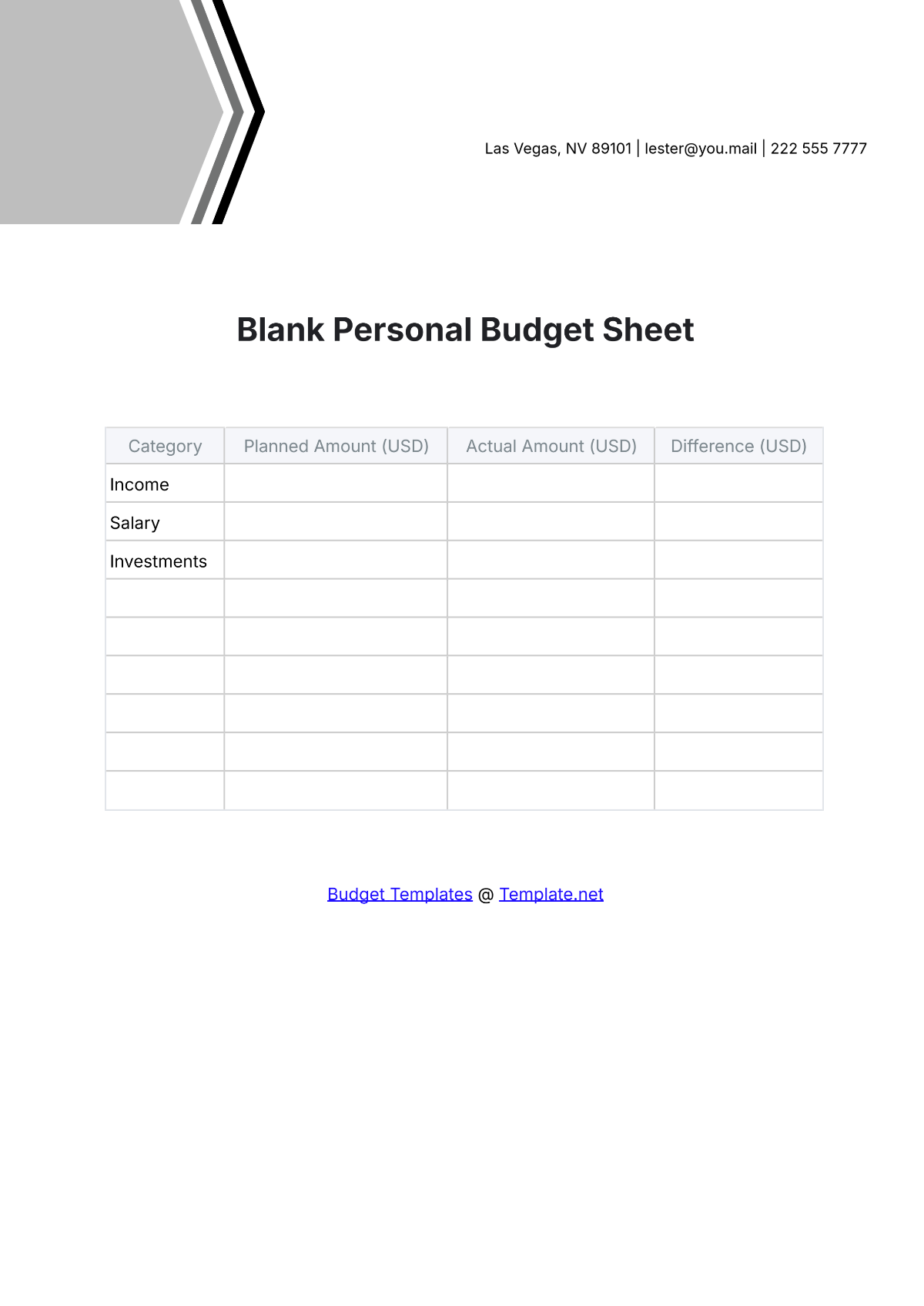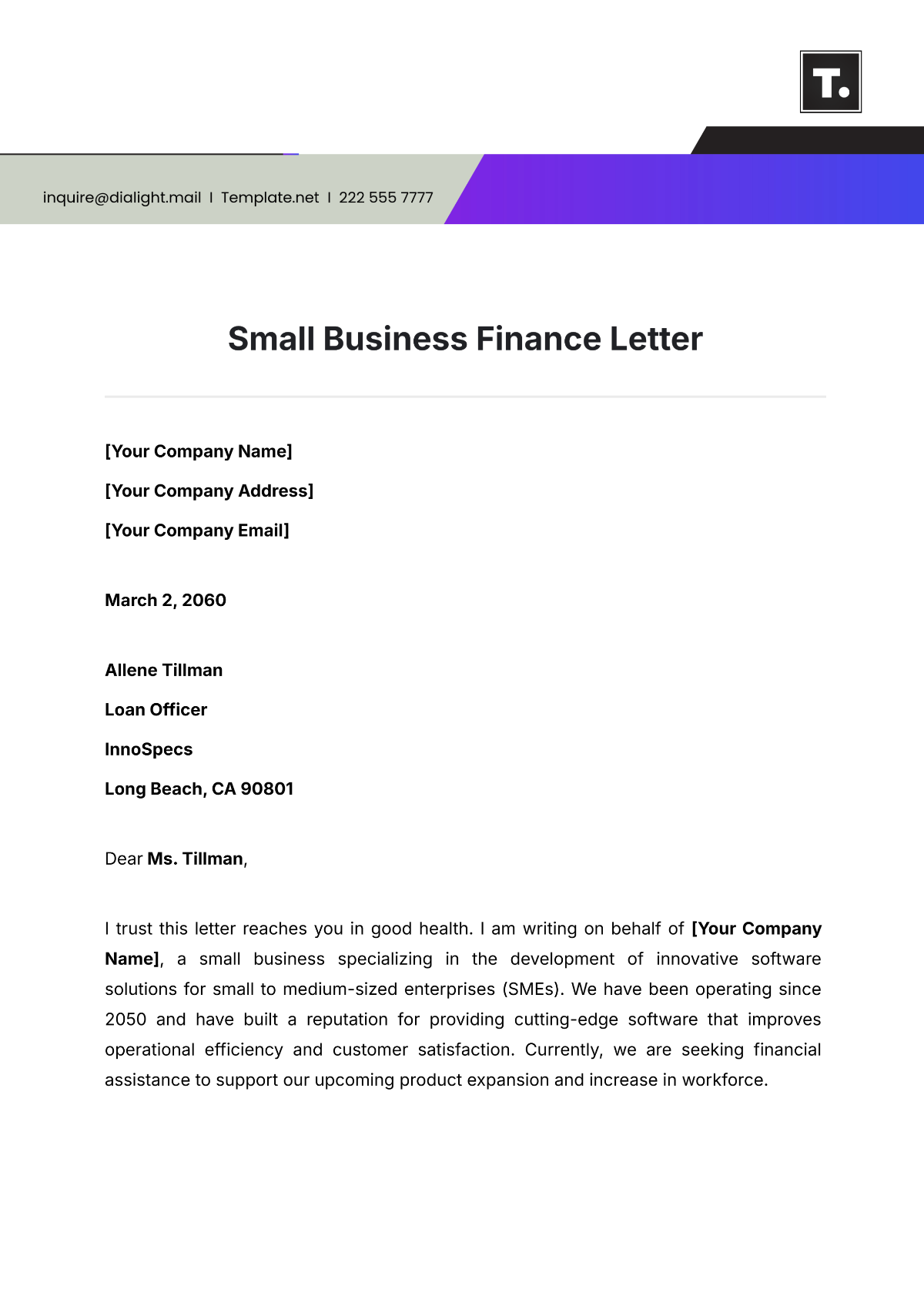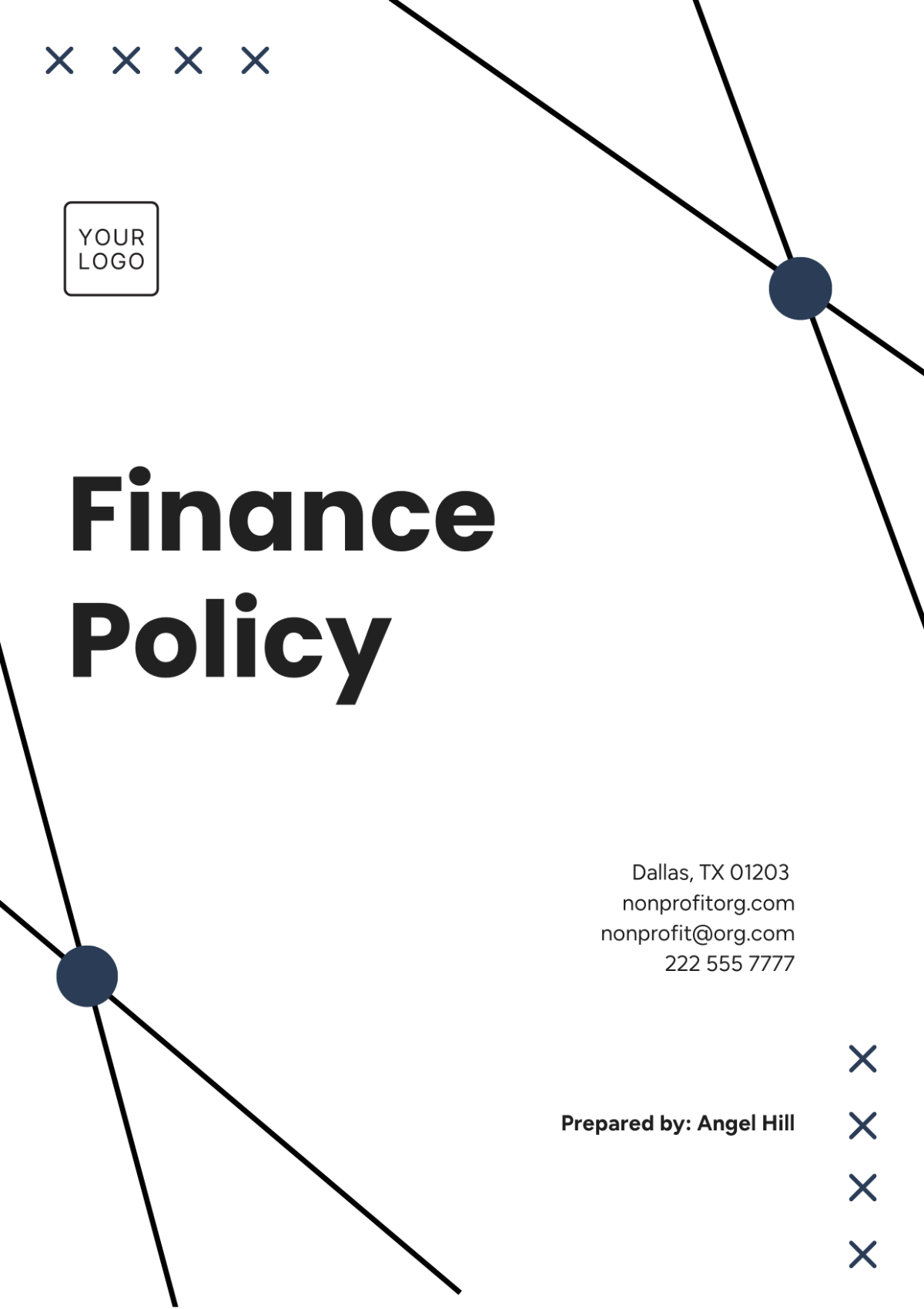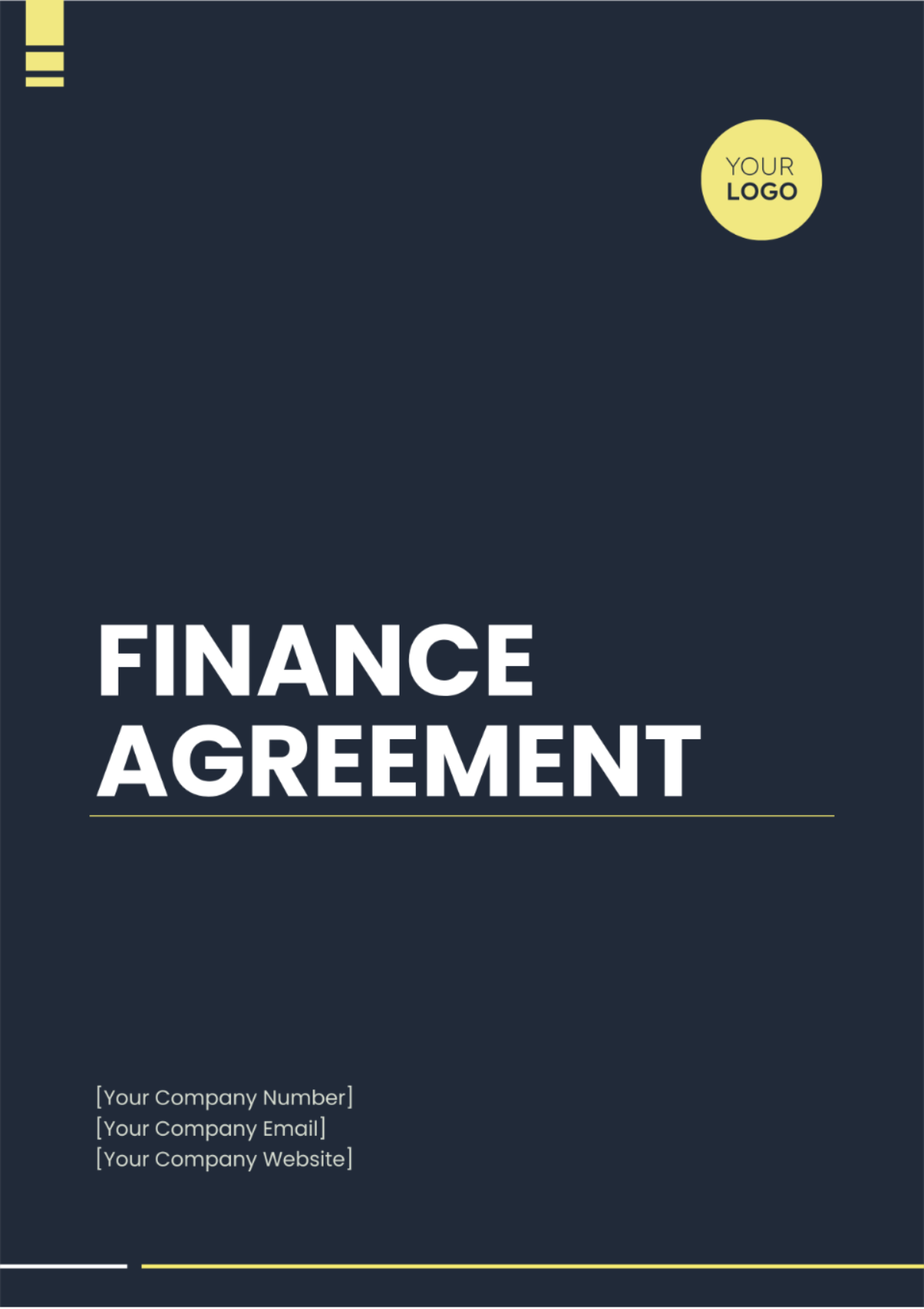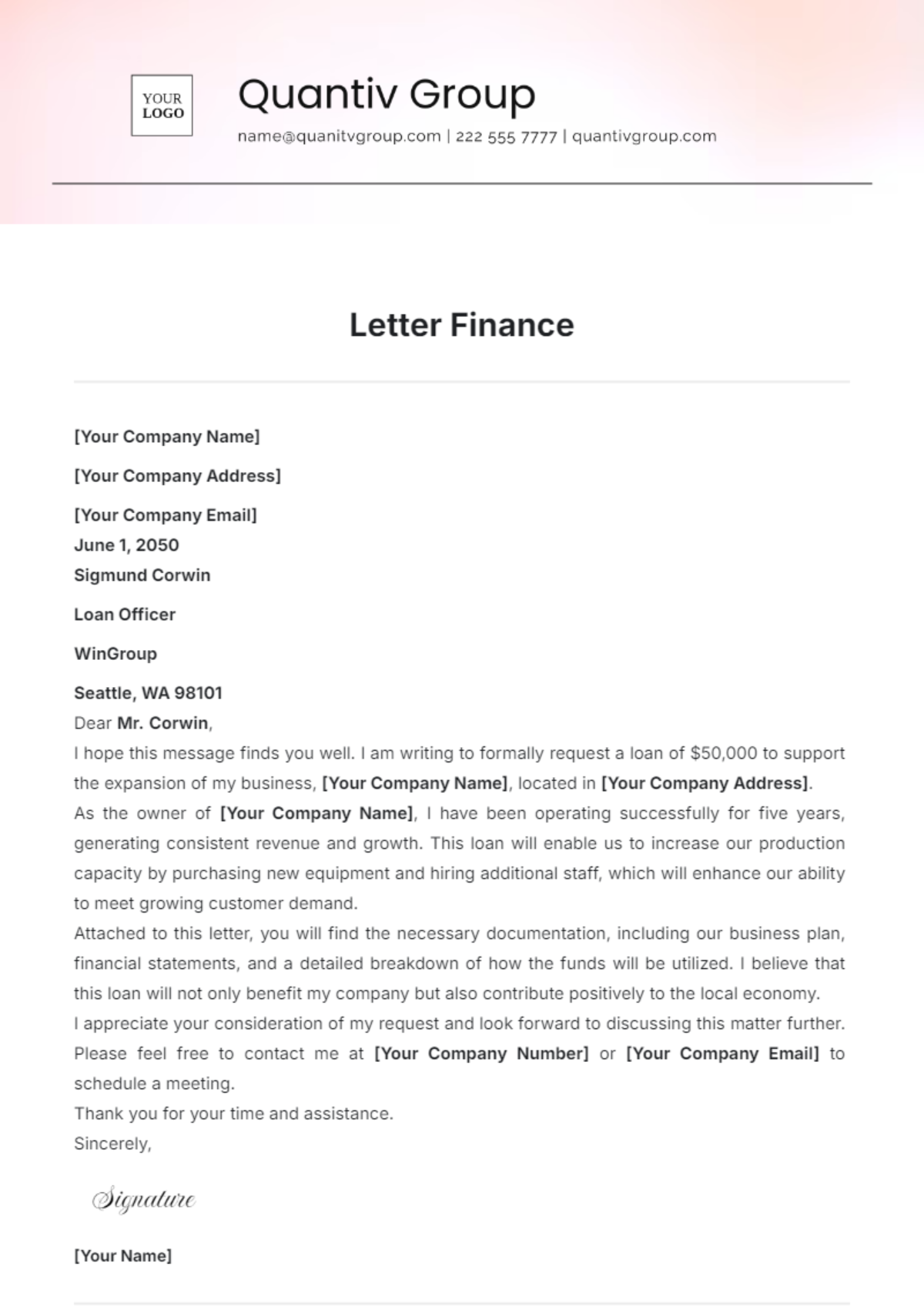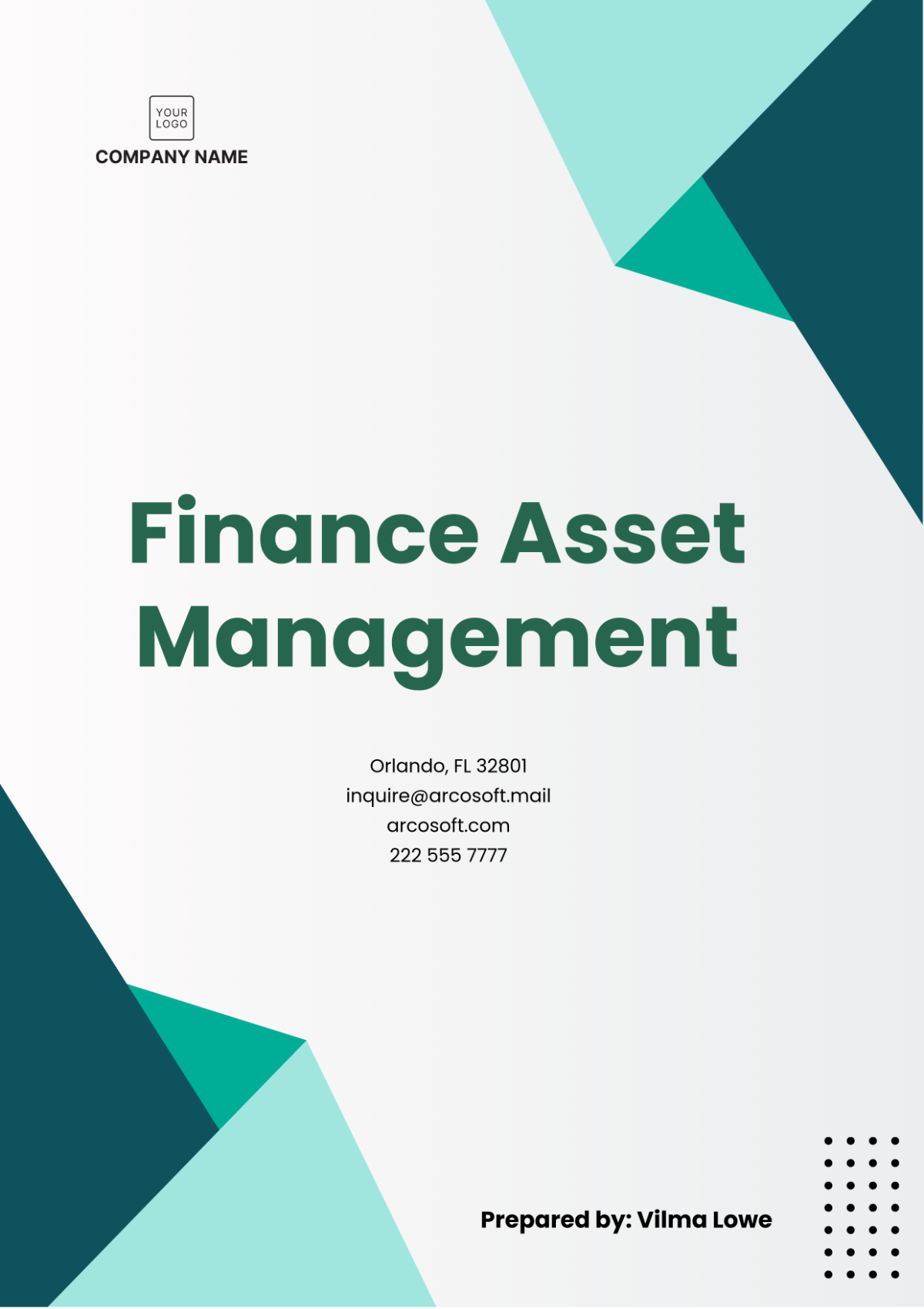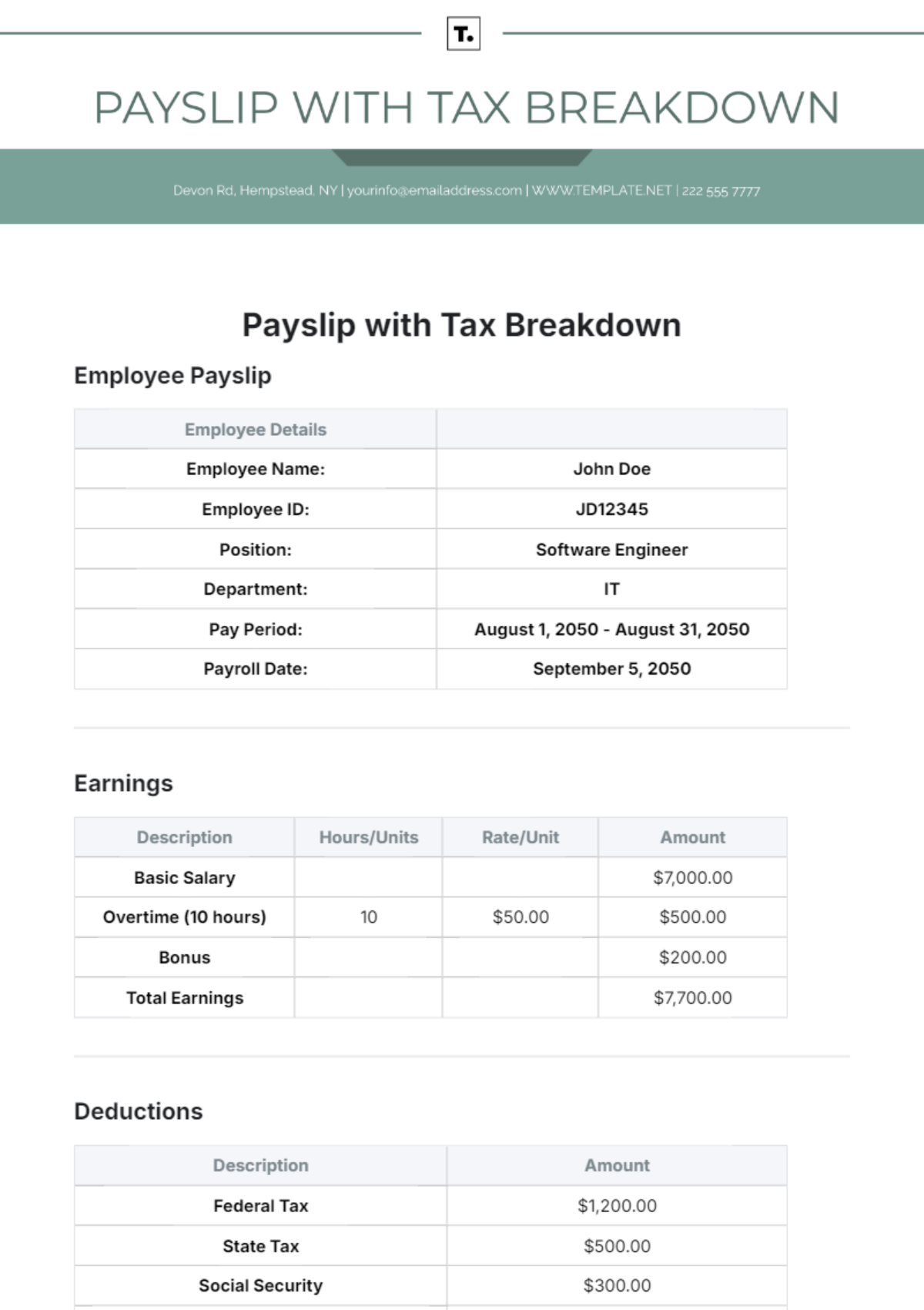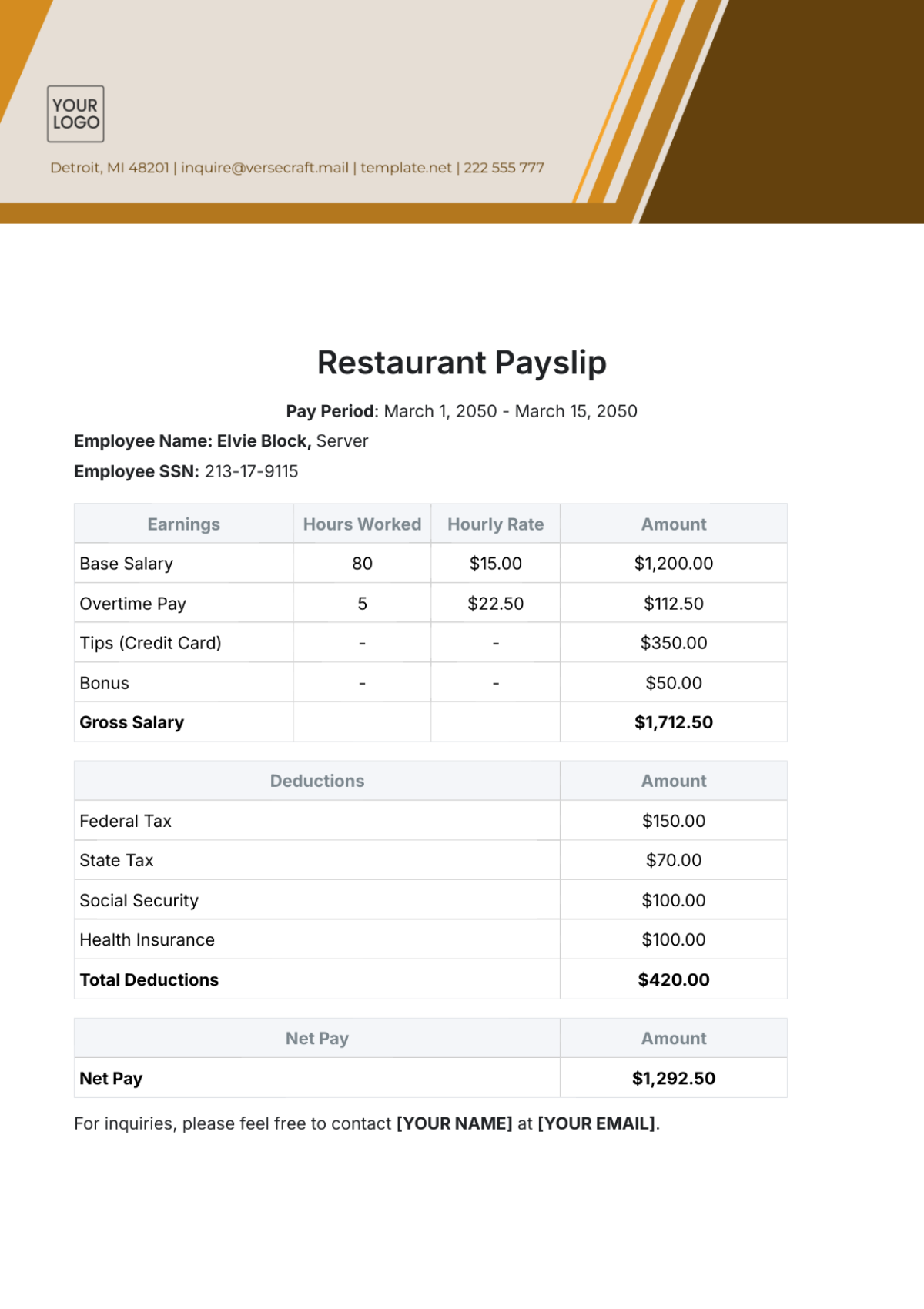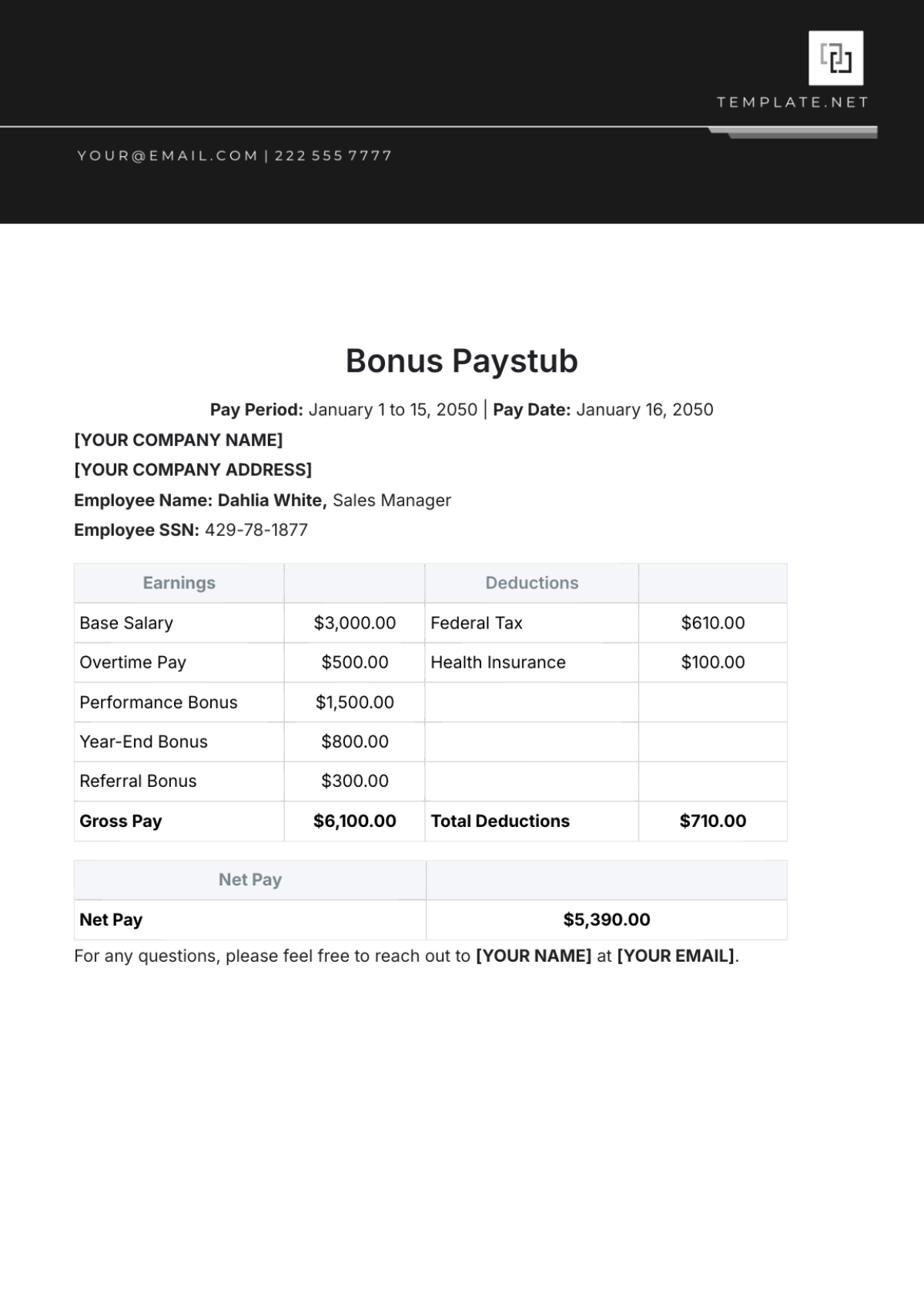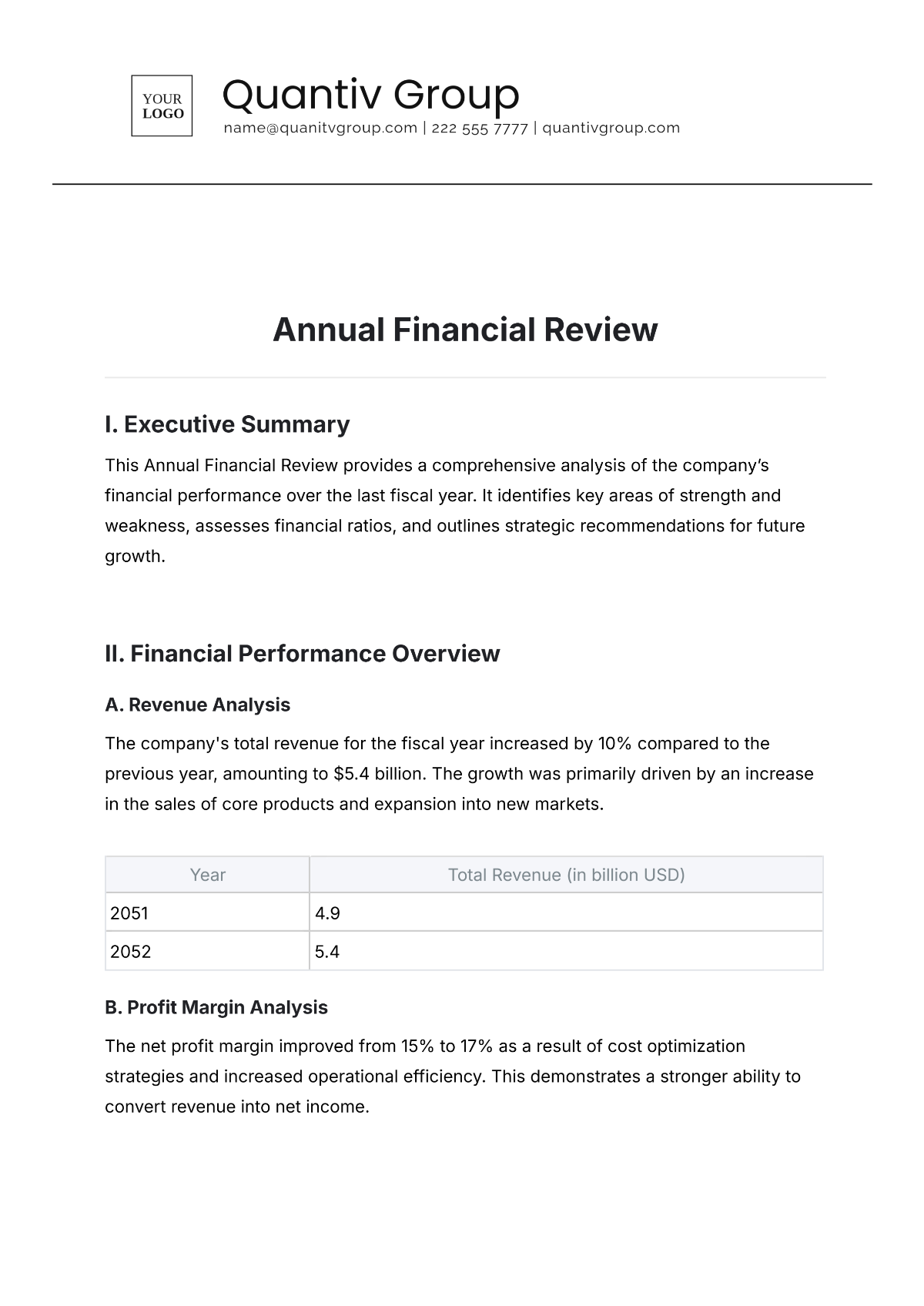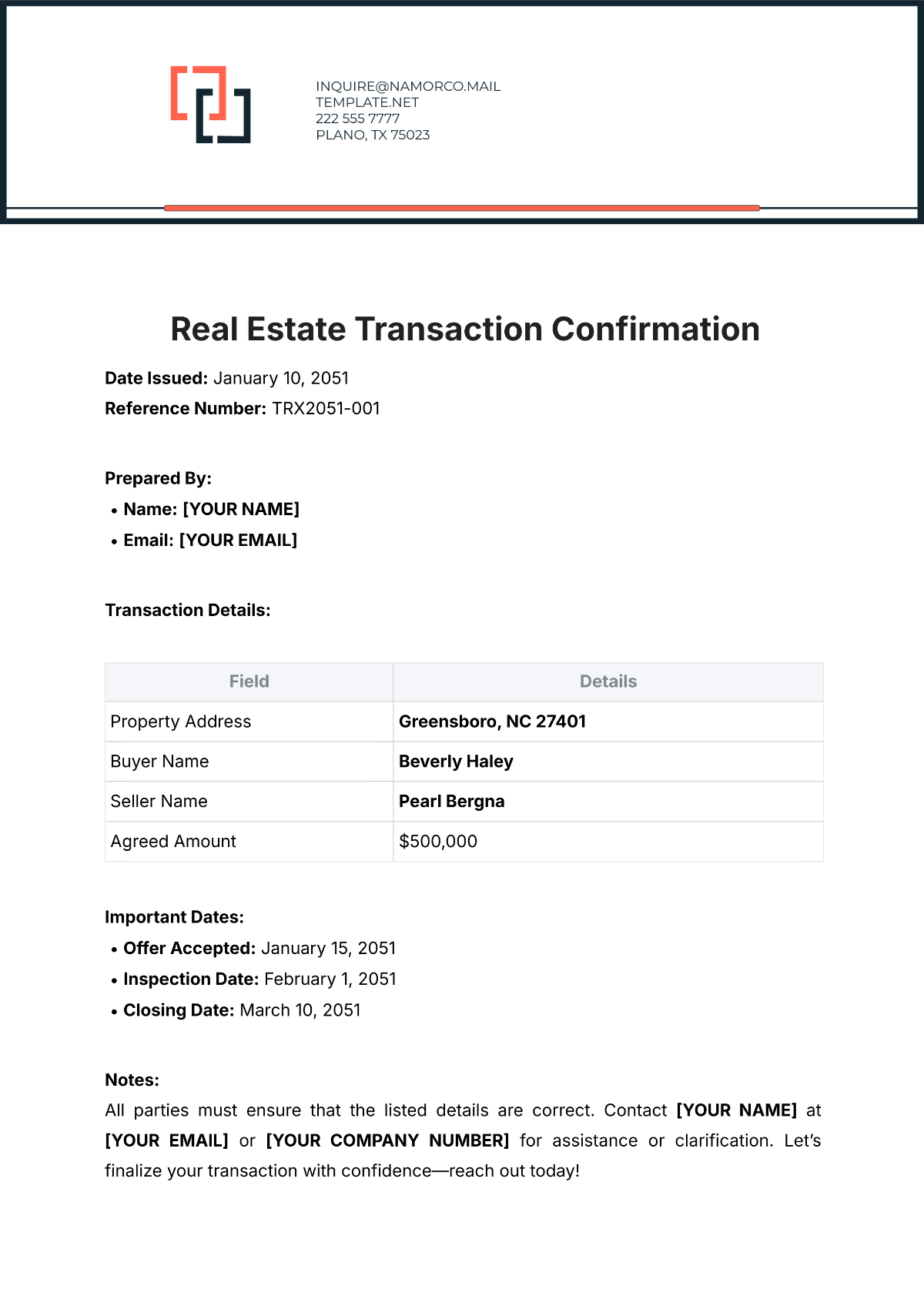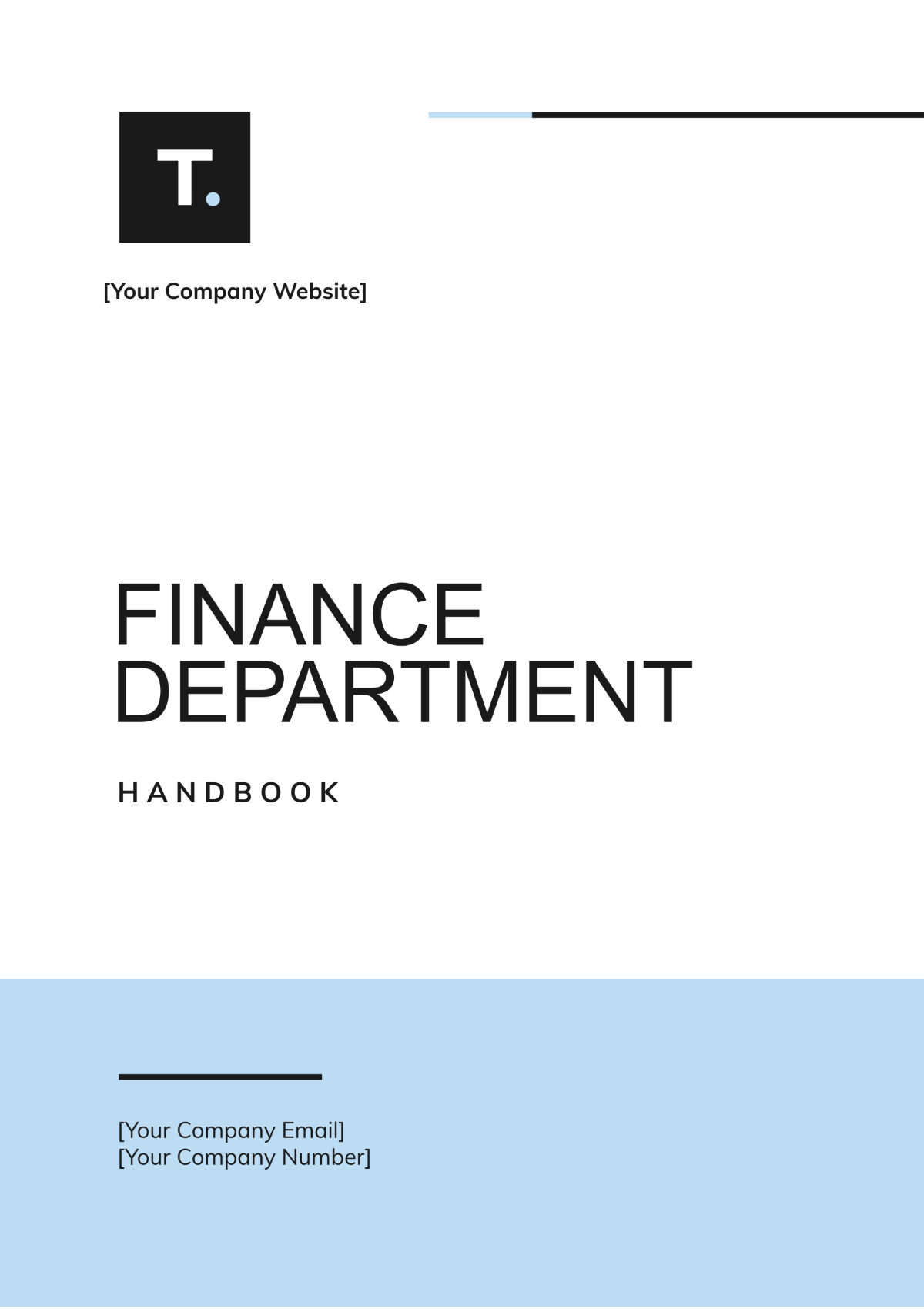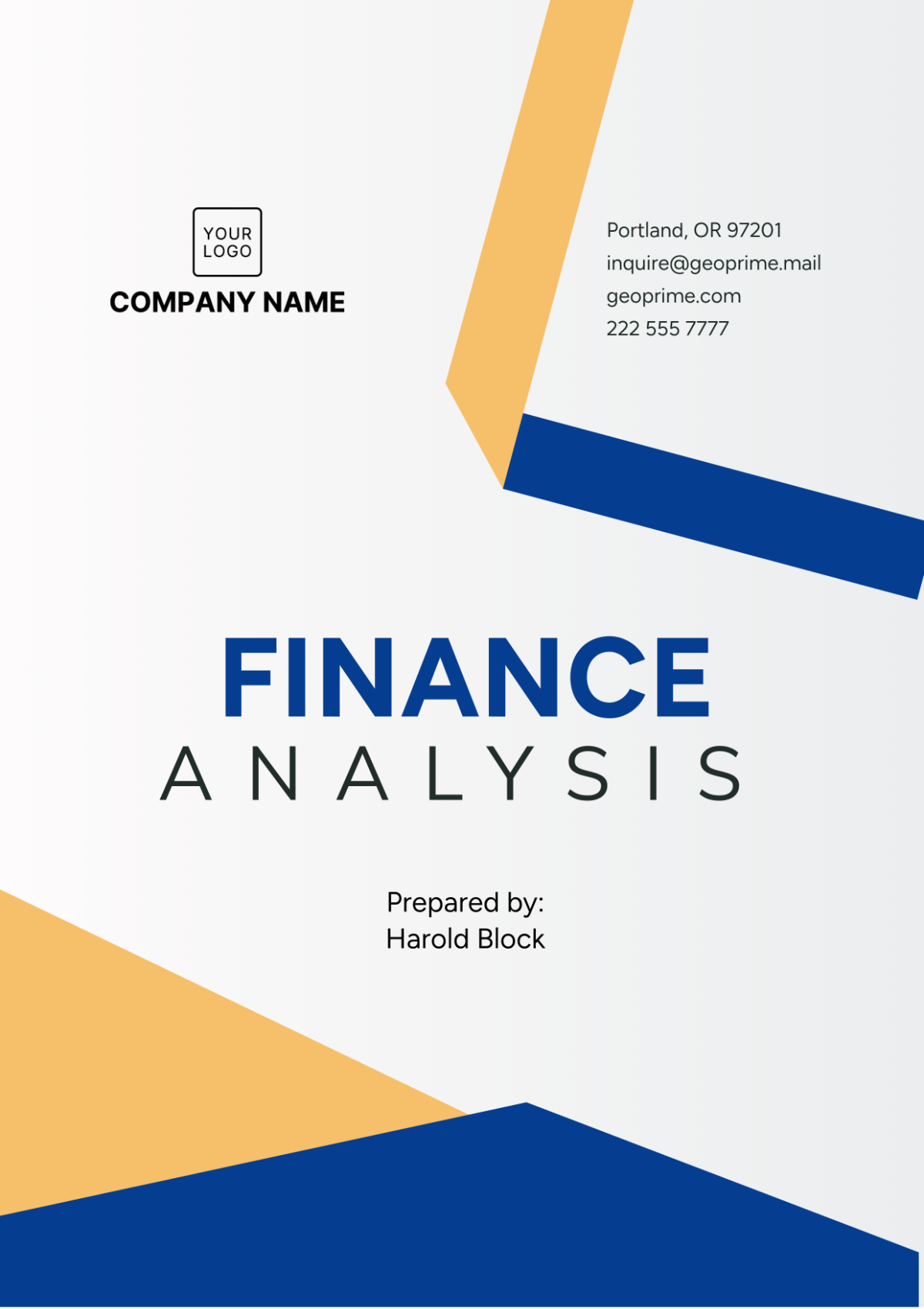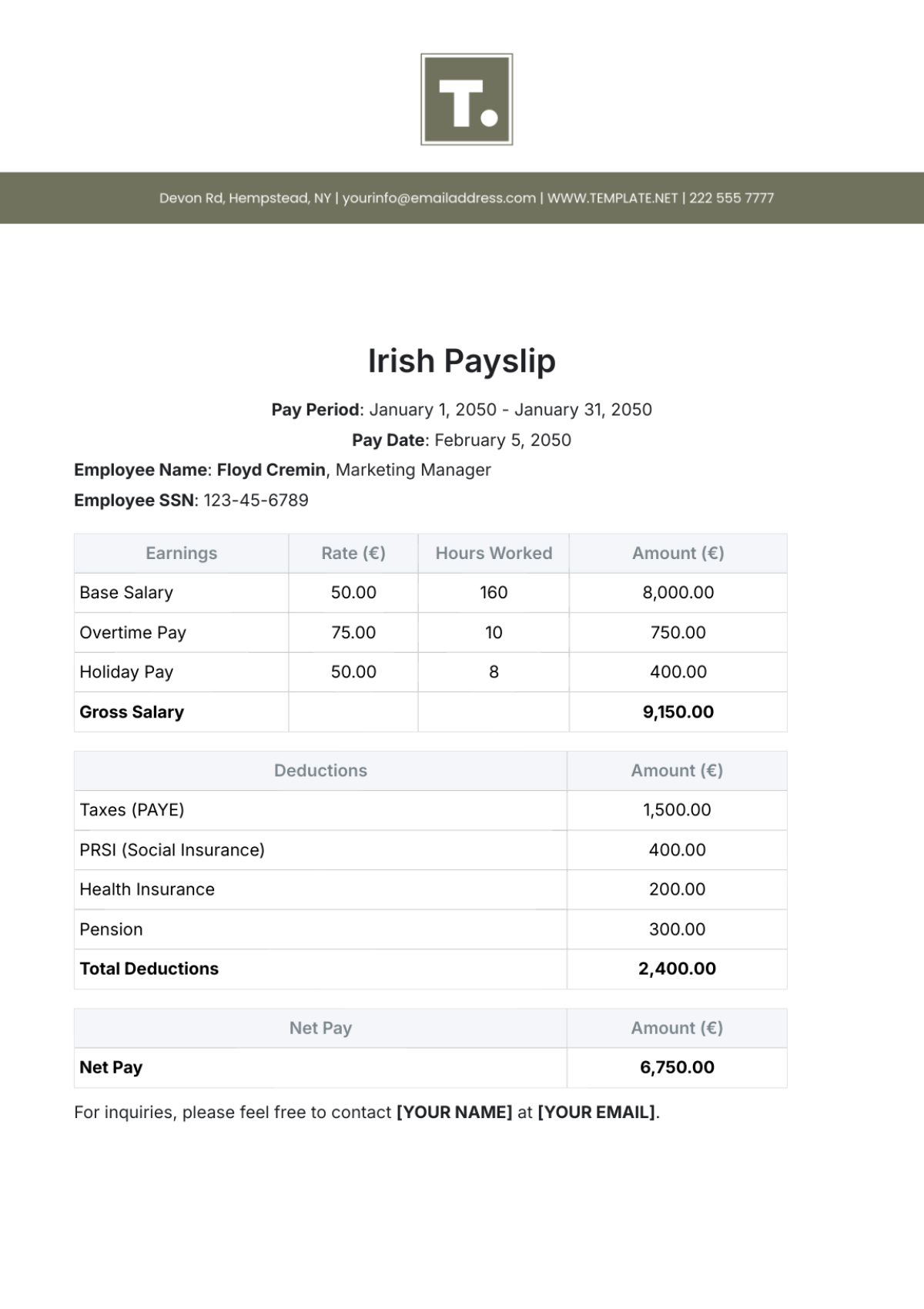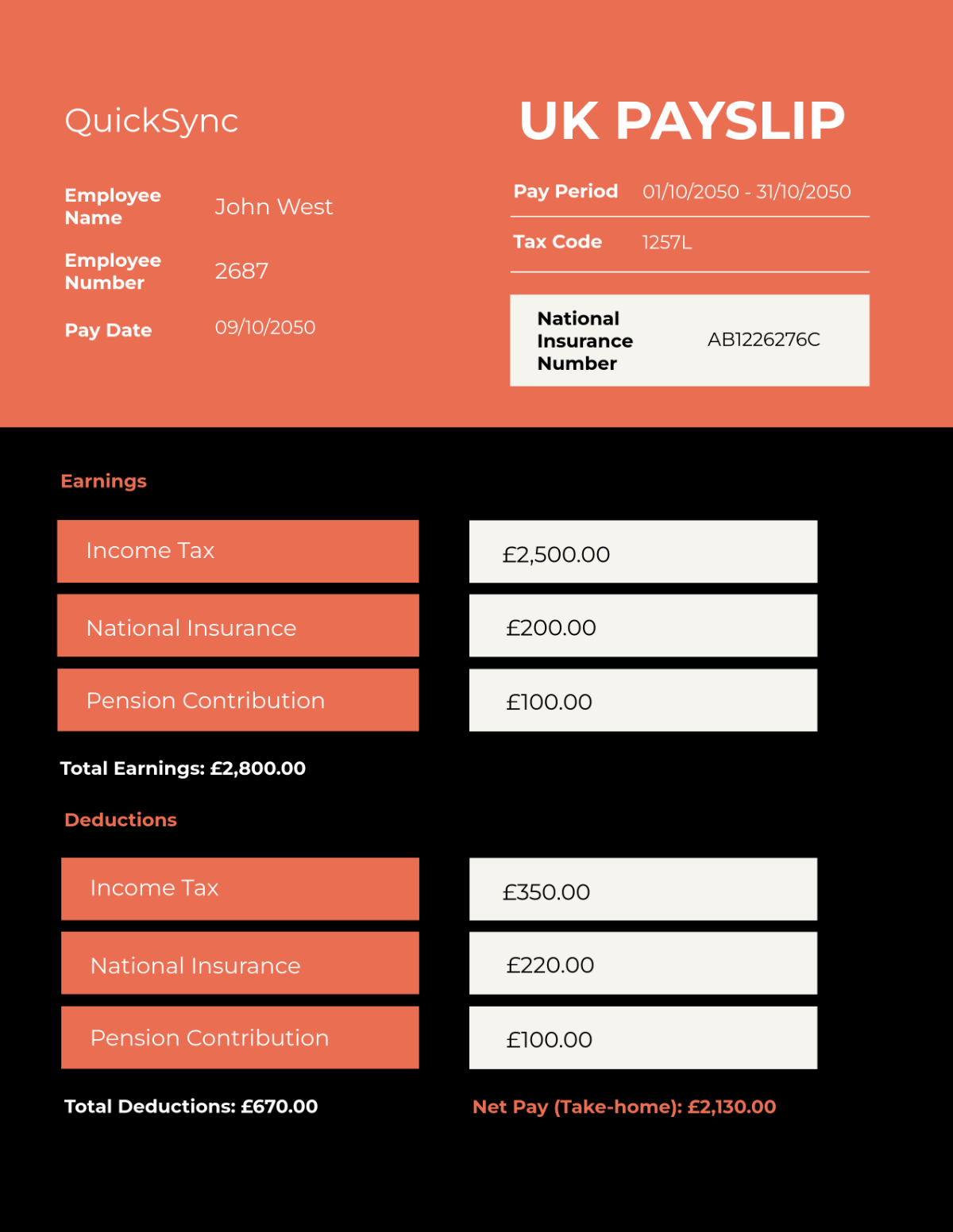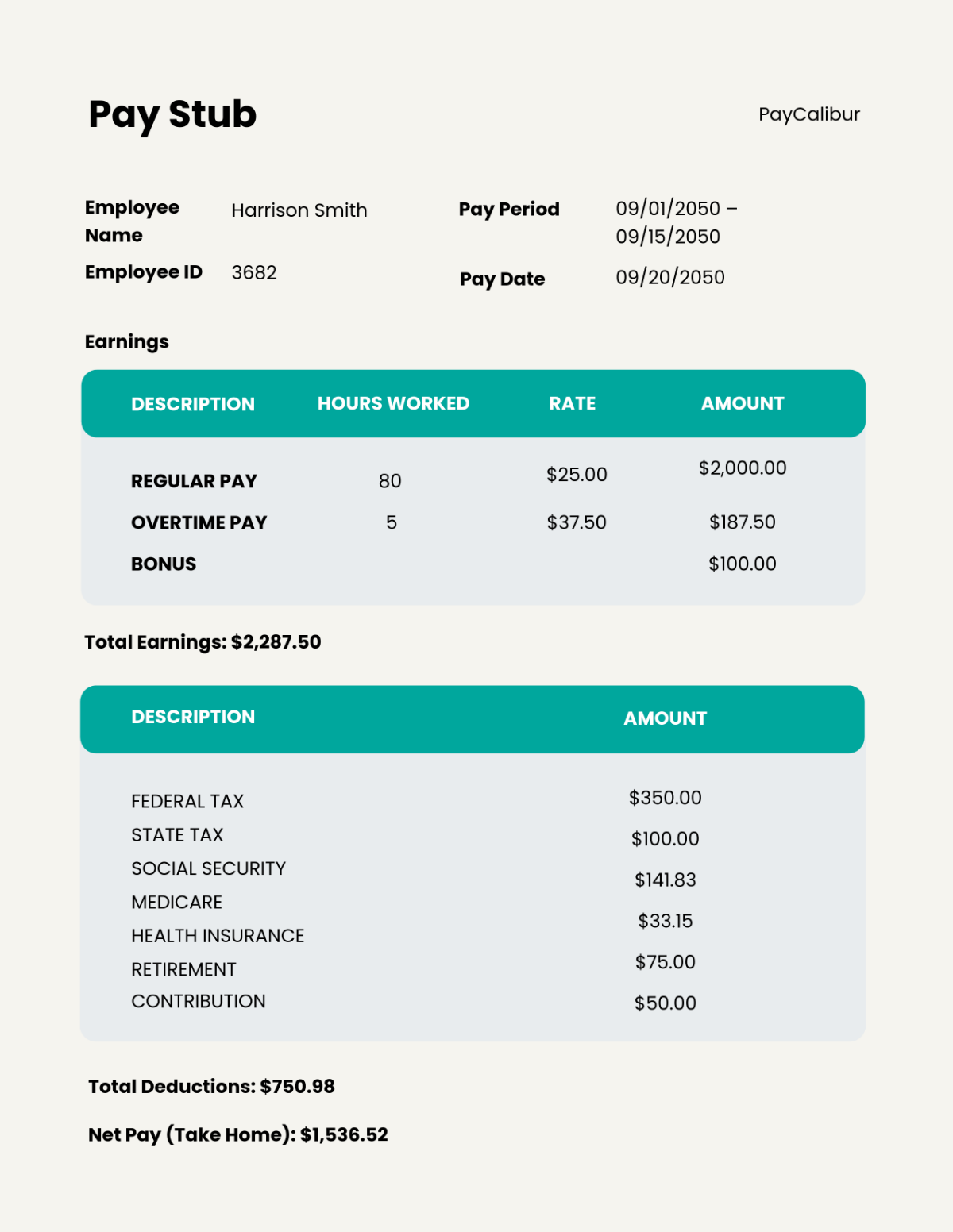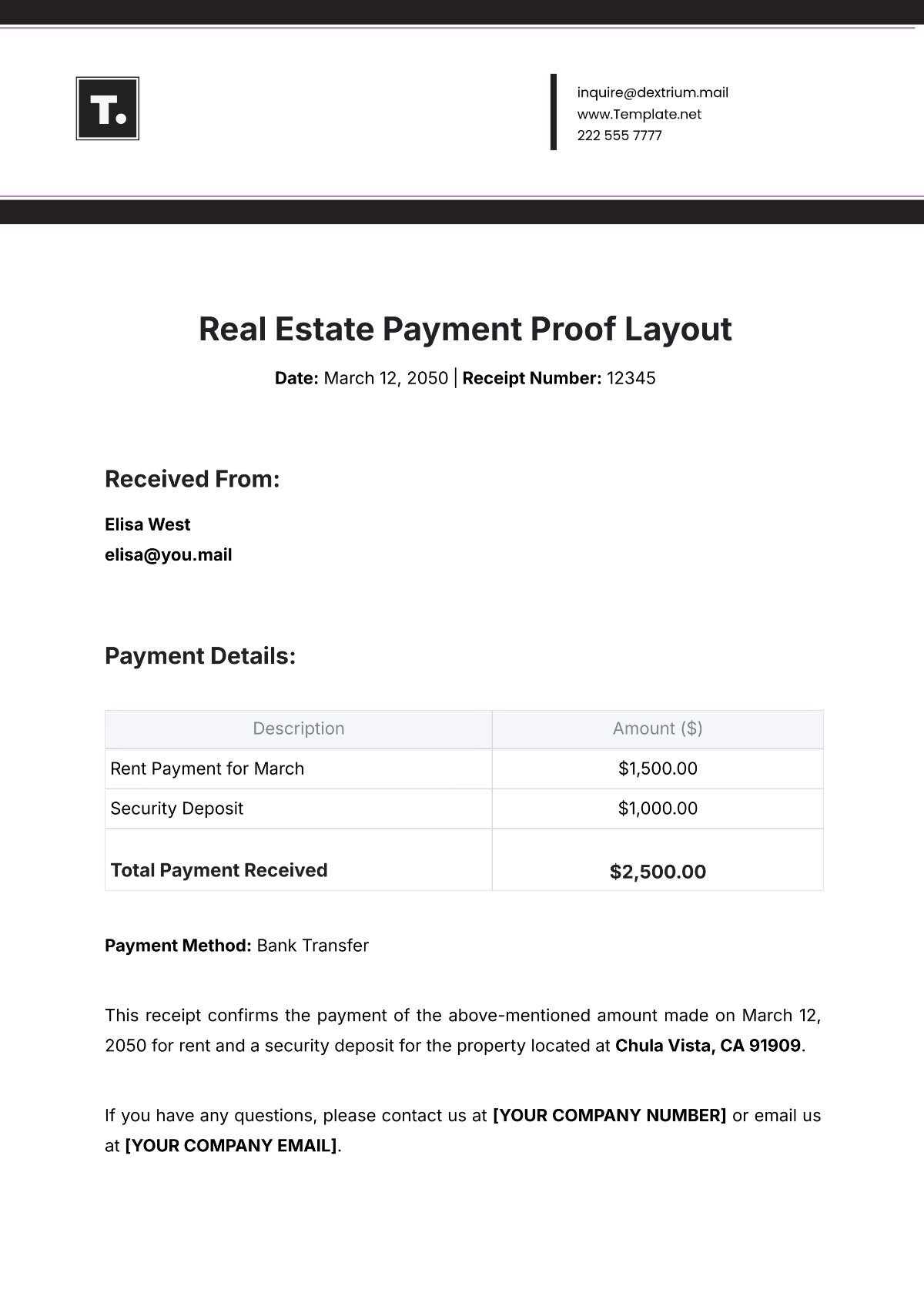Finance Payment Review Process Outline
Introduction
A. Purpose
The purpose of this Finance Payment Review Process is to establish a systematic approach to reviewing and validating financial transactions within [Your Company Name]. This process ensures accuracy, compliance, and transparency in financial transactions. By implementing this process, [Your Company Name] aims to mitigate financial risks and enhance accountability in its financial operations.
B. Scope
This process covers all financial transactions, including but not limited to payments, reimbursements, and financial adjustments, conducted by [Your Company Name]. The scope extends to both internal and external transactions, emphasizing a comprehensive approach to financial integrity.
Roles and Responsibilities
A. [Your Company Name]
Finance Department: The Finance Department, under the leadership of the Chief Financial Officer (CFO), is tasked with initiating and overseeing the payment review process. Their role includes ensuring that financial transactions align with organizational policies and standards.
Authorized Personnel: Individuals with the authority to approve financial transactions play a crucial role in maintaining accountability. They are responsible for diligently reviewing and approving transactions within the defined criteria.
B. [Your Partner Company Name]
Second Party Finance Department: In the case of transactions involving external parties, close collaboration with the finance department of the second party is vital. Clear communication and alignment on financial processes ensure smooth transactions.
Finance Payment Review Workflow
A. Initiation
Financial transactions are initiated by [Your Company Name] through the Finance Department. This initiation involves capturing essential details, including transaction purpose, amount, and relevant documentation.
B. Documentation
All relevant documents, including invoices, receipts, and supporting documents, are attached to the transaction record. Comprehensive documentation is critical for transparency and facilitating any subsequent audits.
C. Review
Initial Review
The Finance Department conducts an initial review for completeness and accuracy. This step involves a quick but thorough assessment to identify any immediate discrepancies, ensuring that only accurate transactions proceed further.
Any discrepancies identified during the initial review are promptly addressed by contacting the relevant stakeholders for clarification or correction.
Compliance Check
A compliance check ensures that transactions adhere to internal and external financial regulations. This involves verifying that transactions comply with accounting standards, tax regulations, and any other relevant financial laws.
The compliance check also includes confirming that the transaction aligns with [Your Company Name]'s internal financial policies and procedures.
Authorization
Authorized personnel review and approve transactions based on established criteria. This ensures that only transactions meeting specific criteria proceed, adding an additional layer of scrutiny.
The authorization step involves a detailed examination of transaction details, and it may include multi-level approvals for larger transactions.
D. Verification
Verification of Documents
Detailed verification of attached documents is conducted to confirm legitimacy and accuracy. This includes cross-referencing information on invoices and receipts with the details provided during the initiation phase.
Any discrepancies or inconsistencies identified during the document verification stage are escalated to the relevant personnel for resolution before moving to the next step.
Matching
Cross-verification of transaction details with supporting documents and vendor agreements ensures alignment and accuracy. This step involves comparing information on invoices and receipts with the corresponding entries in the transaction record.
In case of any mismatches, a thorough investigation is carried out to reconcile the differences before proceeding with the payment review process.
Financial Analysis
A. Cost-Benefit Analysis
A detailed cost-benefit analysis is conducted for significant transactions. This analysis assesses the financial impact of the transaction against the expected benefits, helping [Your Company Name] make informed financial decisions.
The cost-benefit analysis also includes forecasting potential future costs and benefits associated with the transaction to evaluate its long-term impact.
B. Budget Alignment
Verification of transactions against budget allocations is crucial to ensure financial discipline. This involves confirming that the transaction amount aligns with the budgeted figures and making necessary adjustments if there are variations.
Budget alignment extends beyond the individual transaction to maintain overall financial health and adherence to financial plans.
Approval and Disbursement
A. Final Approval
Authorized personnel provide the final approval for payment. This step is the culmination of the review process and signifies that the transaction has passed all necessary checks and verifications.
The final approval is a critical checkpoint, ensuring that only validated transactions proceed to the disbursement stage.
B. Disbursement
The Finance Department initiates the disbursement process through approved payment methods. Disbursement involves the actual release of funds or the execution of the financial transaction.
A record of the disbursement, including transaction details and payment confirmation, is meticulously documented for auditing purposes.
